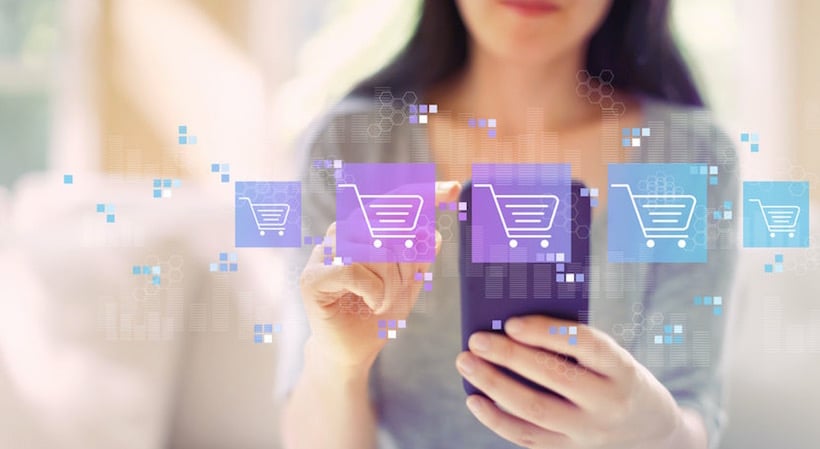As we settle into our new normal, the majority of “non-essential” brands have either temporarily halted operations, or accelerated their shift from brick-and-mortar to e-commerce storefronts. For startups just beginning to establish their digital presence during this tumultuous time, there are quite a few lessons that can be learned from larger brands.
At Scrum50, it’s our job to keep an eye on e-commerce trends and best practices. We foresee that most retailers that are able to shift with the times will recover from the current economic setbacks.
This opens up a whole new world for many startups and entrepreneurs entering the world of e-commerce. As businesses ramp up their e-commerce presence, there are a few elements to consider in order to address consumer needs:
StartupNation exclusive discounts and savings on Dell products and accessories: Learn more here
Create products that consumers want
Customers’ buying habits and preferences have completely shifted in just a few weeks. What matters to them now is completely different than what mattered to them just weeks ago.
As startups ramp up their e-commerce presence, it’s essential to perform due diligence and spend some time on competitive analysis. Learn what trends are resonating with your target customer.
Establish a direct-to-consumer option
At this time, brands can no longer rely 100 percent on Amazon for e-commerce sales. Amid the COVID-19 crisis, Amazon has stopped ordering inventory of nonessential items and suspended its Prime Pantry service.
Additionally, Amazon is only accepting inventory from third-parties in six categories: baby products, health and household, beauty and personal care, grocery, industrial and scientific, and pet supplies.
If your product doesn’t fall into those categories, alternative distribution measures should take priority, such as a direct-to-consumer e-commerce website. Luckily, there are plenty of DIY tools to help you set up an online store.
Related: How to Channel Your Skills and Find Your Best Side Hustle
Four key areas for direct to consumer e-commerce
Products
First of all, what products will you offer? Keep in mind that what you offer through your e-commerce store may be different than what you sell at your brick-and-mortar location.
Do research with an online focus group to get a read on what products your customers want. Take some time now to curate and package products based on these behavior shifts. As you are doing this, consider e-commerce-friendly packaging and how to create the least amount of waste. Finally, make sure to balance your pricing to stay competitive in the market as customers can quickly price check between online sources.
Platform and logistics
As you are determining the right solution for your business, look into startup-friendly platforms like Shopify or Magento, which are made to be ready quickly, with a plug-and-play set up and easy product management.
Fulfillment
Some e-commerce platforms like Shopify have existing fulfillment partners. You can also do your own research to find the right partner. E-commerce is going to be growing exponentially in the next six months, and new fulfillment options may emerge to fulfill evolving business needs.
Media
Consider how media will drive your website traffic and boost sales in a way that works for your budget and timeline. Seek out cost-effective advertising for your new curbside delivery service through social media.
Sign Up: Receive the StartupNation newsletter!
Conclusion: Innovation is a necessity
Innovation happens when it becomes necessary, as is the case today. While the most important modifications are happening with brands shifting production to support health care needs, there are secondary categories that have opportunities, as well.
Startup brands can use the current circumstances to learn more about their customers and build products that will resonate with their future needs. We anticipate new categories and line extensions to take off as behaviors change. Now is the time for brands to test small batches of products and sell online. Brands can begin to tweak details as they get real time feedback and reviews from potential clients as they finalize products.
Think about it this way: 10 years ago, portable sanitizing sprays and keychain sanitizers didn’t exist. Today, nearly every kid has a bottle of sanitizer hanging off his or her backpack. In 2013, Life Buoy soap created a line for kids that changed color after 10 seconds of washing. We anticipate innovation like this to ramp up quickly among personal care brands.
This accelerated shift to e-commerce has already changed the way consumers shop in just a few short weeks since COVID-19 hit the U.S. And the e-commerce wave is just starting, so the quicker that brands get comfortable with their digital presence, the better acclimated they will be as we move forward into our new normal.






